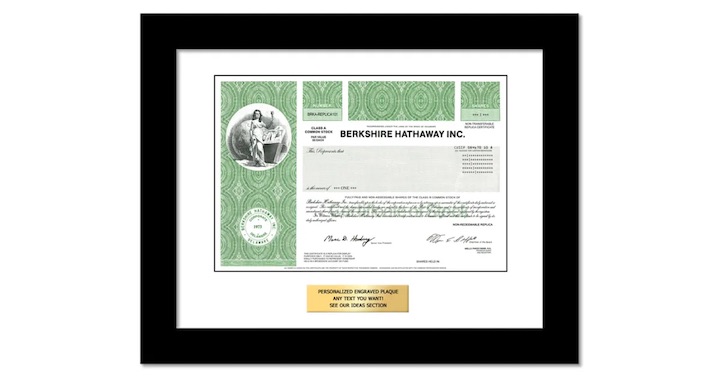Dampness arises due to having too much water or moisture confined in the body. It can be seen as a form of imbalance where there is “high humidity” within the body. Read more about Dampness in my previous post.Phlegm...
Dampness arises due to having too much water or moisture confined in the body. It can be seen as a form of imbalance where there is “high humidity” within the body. Read more about Dampness in my previous post.
Phlegm is one of the endogenous pathological factors in Traditional Chinese Medicine which is one of the key causes for a variety of diseases. Phlegm begins to appear in the body when the body fluid is not transported by vital energy normally and accumulates in certain parts of the body after being condensed. Read more about Phlegm in my previous post.
Dampness and Phlegm are similar in nature, and they are formed from poor Spleen function in transforming and transporting body fluids. They can both make a person feel heavy, lethargic, swollen especially in the face and limbs, lose appetite and even result in eyebags and weight gain.
Dampness commonly exists together with Phlegm, which is also the reason why this article is written to differentiate them.

Factors of formation
Dampness can be formed from internal as well as external factors.
Internally, dampness can be formed as a result of the Spleen’s transporting and transforming dysfunctions leading to an impairment of body fluids metabolism and hence fluid retention within the body.
Externally, dampness can come from environmental and dietary stresses. If one is exposed to damp environments such as living in a high humidity house, wearing wet clothes, working in waters or frequently sitting on damp grounds, that can result in dampness accumulation within the body. Eating foods that are high in sugar and fats such as chocolates, cheese, milk and other forms of dairy can result in dampness increase in the body as these foods are generally harder to digest and can put a lot of stress on the Spleen to assimilate, transform and transport these foods. If not fully digested, these foods will remain in the body as dampness.
Phlegm can only be formed from internal factors which is the Spleen’s transporting and transforming dysfunctions.
Organs involved in formation
Dampness due to internal factors comes from dysfunction of Spleen leading to the poor transformation and transport of Body Fluids.
Phlegm is formed not just coming from the Spleen, but also involves the malfunctions in Lungs and Kidneys.
Areas of Body Affected
Dampness primarily affects the lower part of the body such as the abdomen, colon, urinary tract, legs and can be reflected in the cloudiness of urine, sticky stools, increased vaginal discharges, skin diseases.
Phlegm primarily affects the middle and upper part of the body such as the heart, gastric, head, brain, lungs and its presence can be reflected in illnesses such as coronary heart diseases, nausea, vertigo, chronic coughing, migraine and headaches.
Presentations when affecting the Head Region
Dampness when affecting the head causes a characteristic feeling of heaviness. This can result in the person feeling lethargic, low in energy and brain fog.
Phlegm when affecting the head causes not just heaviness but also dizziness as in the case of vertigo. Phlegm when affecting the head can have implications on the mind which results in mental problems such as mental retardation, anorexia, depression. Dampness has no such effect on the mind.
Nature and Characteristics
Dampness has the characteristics of heavy and weighing down which results in a feeling of tiredness and heaviness in the body parts or organs. If it happens in the abdomen or chest, it can cause a feeling of fullness and oppression. Dampness is also sticky in nature in that its recurrence is high and is not easy to get rid of. This can also be reflected in the diagnosis of sticky tongue coat and slippery pulse. Dampness is also dirty in nature in that the discharges are dirty as reflected in cloudy urine, eczema pus.
Phlegm has the similar characteristics and nature of heaviness, but the difference that separates them is that Phlegm does not have Dampness’s characteristics of being sticky and dirty.
Conclusion
Knowing about the difference between Dampness and Phlegm can help Traditional Chinese Medicine doctors to identify the root causes to the problem of your health and direct the different protocols for acupuncture treatment and herbal prescription. Nonetheless as a patient it is good to know what is out of balance in your body and have some awareness to what you may be doing right or wrong for your lifestyle habits that may be paving the way for the development of either Dampness or Phlegm or other factors that are causing ill health for you.
Read more about Everything you need to know about Acupuncture here.
Read more about TCM Herbal Prescription here.
Book Appointment Book AppointmentFurther Reading:
Everything you need to know about Dampness
Weight Gain from Digestion Induced Dampness
Holistic Treatments for High Functioning Anxiety
The Grass is Not Always Greener on the Other Side
Everything you need to know about Acupuncture
Testimonial for Sleep Improvement
Facial Acupuncture - How to differentiate the real deal from the fakers












